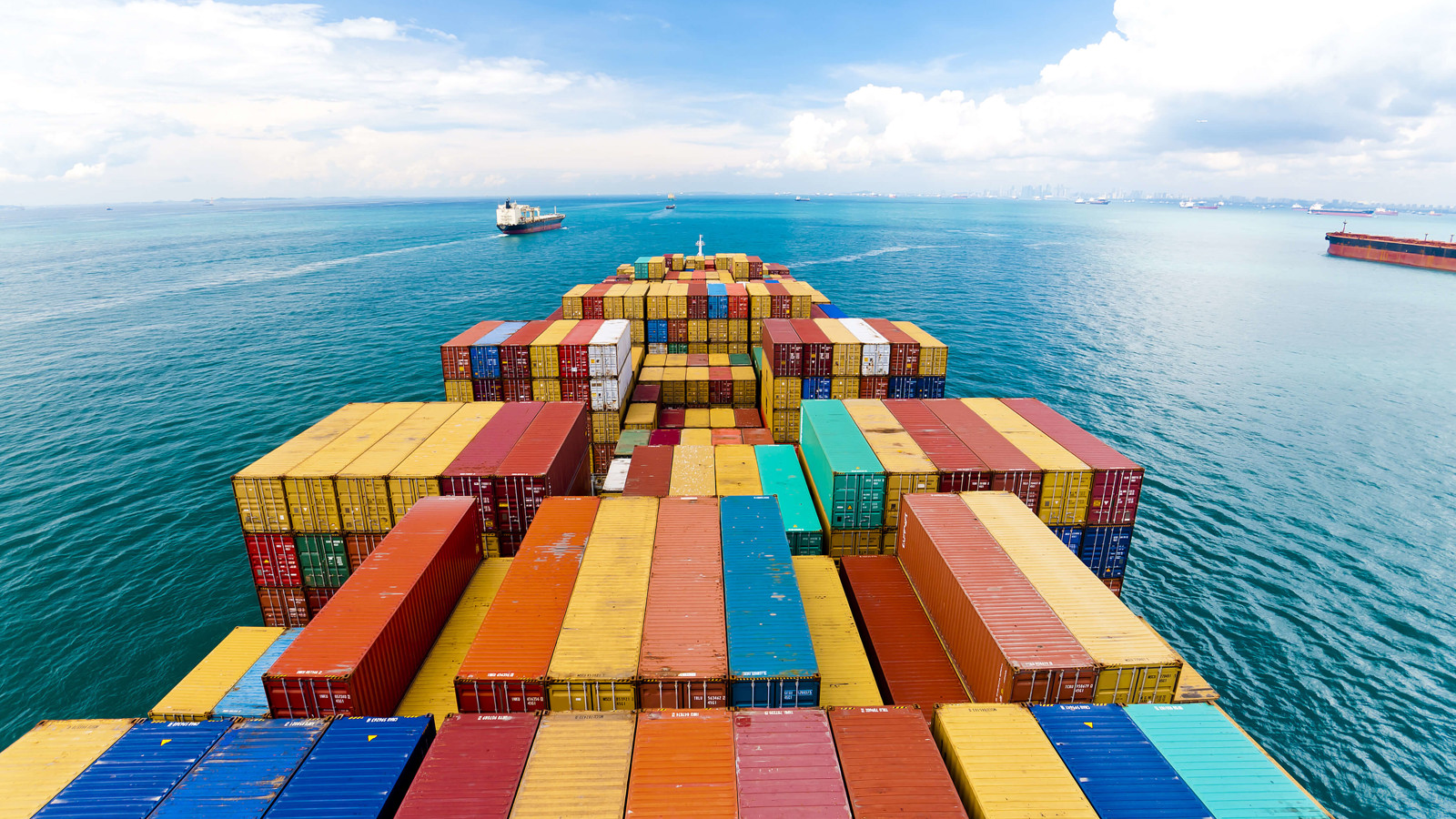Navigating the World of Cargo & Container Ships
May 30, 2023

The global economy heavily relies on the transportation of goods across the seas, and cargo and container ships play a crucial role in this process. Whether you’re a logistics professional, an aspiring sailor, or simply curious about the world of maritime trade, this blog post will provide you with a comprehensive guide to navigating the intricacies of cargo and container ships.
The Basics of Cargo and Container Ships:
1.1 Understanding Cargo Ships: Cargo ships are vessels designed to transport goods, materials, and commodities across the world’s oceans. These ships come in various types and sizes including bulk carriers, tankers, and specialized vessels for transporting specific cargoes like automobiles or livestock.
1.2 Introducing Container Ships: Container ships revolutionized the shipping industry by introducing standardized containers for efficient and secure transportation. These ships carry cargo in standard-sized containers, enabling easy transfer from ship to truck or train, streamlining the logistics process.
The Role of Cargo and Container Ships in Global Trade:
2.1 Facilitating International Trade: Cargo and container ships are the backbones of global trade. They facilitate the movement of goods between countries. They enable the import and export of products, raw materials, and resources, contributing to the economic development of nations worldwide.
2.2 Impact on the Global Economy: The efficiency and affordability of cargo and container ships have significantly impacted the global economy. The ability to transport goods on a large scale and across long distances has expanded market access, reduced costs, and increased consumer choices.
Key Features of Cargo and Container Ships:
3.1 Size and Capacity: These ships can vary significantly in size, with some capable of carrying over 20,000 twenty-foot equivalent units (TEUs). The larger the vessel, the more cargo it can transport, leading to economies of scale and reduced shipping costs.
3.2 Navigation and Safety Systems: Modern cargo and container ships are equipped with advanced navigation systems, including GPS, radar, and electronic chart display and information systems (ECDIS). Safety features such as fire detection and suppression systems, lifeboats, and emergency response equipment ensure the well-being of crew members.
Environmental Impact and Sustainability:
4.1 Addressing Emissions: Cargo and container ships have faced criticism for their environmental impact, particularly greenhouse gas emissions. However, the industry has been actively working to reduce emissions through measures such as adopting cleaner fuels, optimizing routes, and investing in more energy-efficient vessel designs.
4.2 Embracing Sustainable Practices: To promote sustainability, the shipping industry is exploring alternative power sources. These include liquefied natural gas (LNG), hydrogen fuel cells, and wind propulsion. Additionally, initiatives like slow steaming, which reduces speed to decrease fuel consumption, are gaining traction.
Trends and Innovations in Cargo and Container Shipping:
5.1 Digitalization and Automation: The shipping industry is increasingly adopting digitalization. It is utilizing technologies such as blockchain, the Internet of Things (IoT), and artificial intelligence (AI) to enhance efficiency, optimize routes, and improve supply chain visibility. Moreover, automation in ports and onboard ships is also becoming more prevalent.
5.2 Green Technologies and Practices: Innovation in ship design, including hull optimization, air lubrication systems, and advanced waste management. This is helping reduce fuel consumption and minimize environmental impact. Biofouling prevention methods and ballast water management systems are also being improved.
Conclusion
Understanding the backbone of global trade requires navigating the world of cargo and container ships. These massive vessels prioritize efficiency and cargo capacity in their design and construction. Operating these ships is a complex and coordinated process. Environmental impact is a major concern. However, the industry is actively addressing this issue through the adoption of alternative fuels and innovative solutions to reduce the environmental impact of cargo and container ships.
– By Arti Tawani